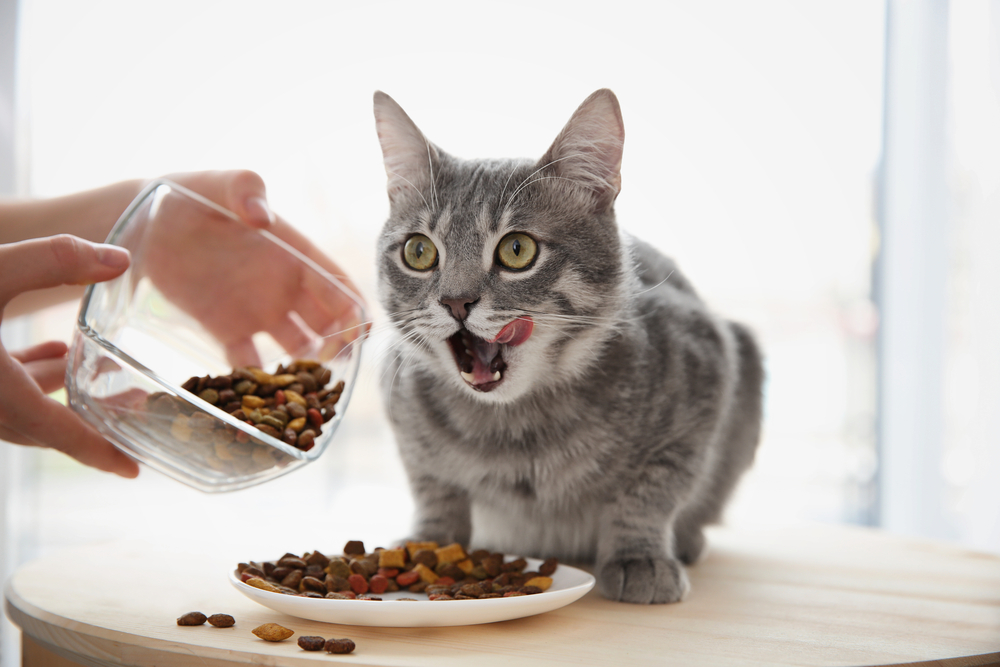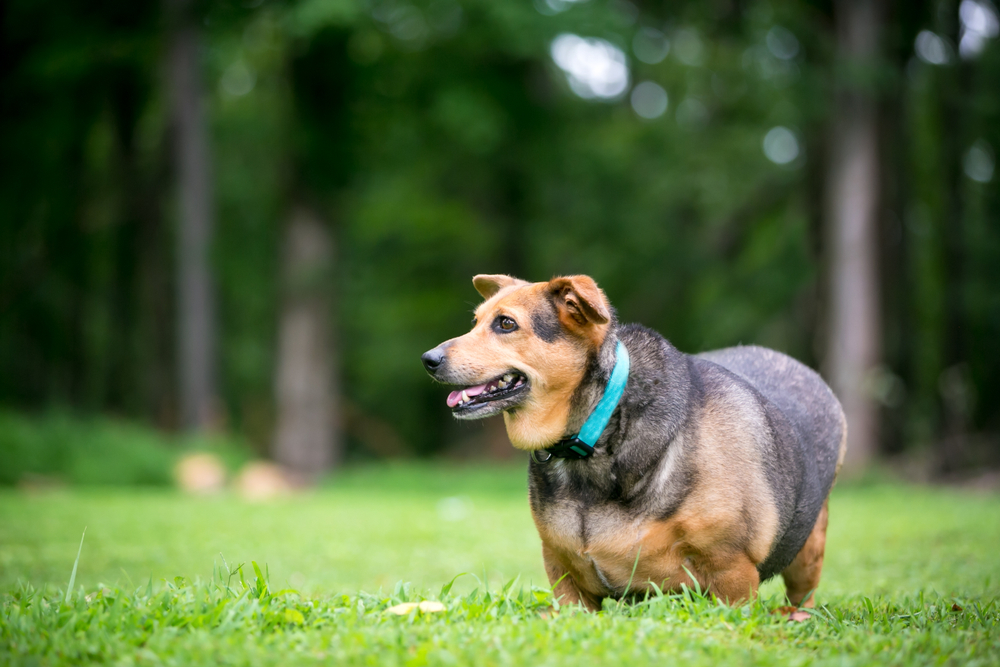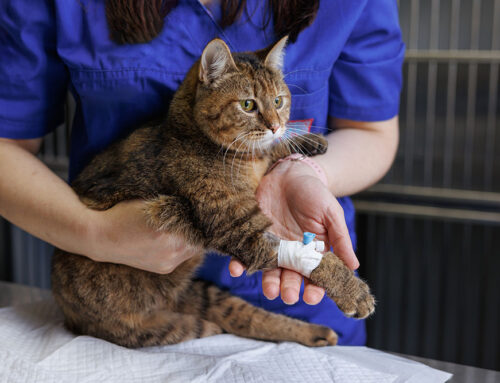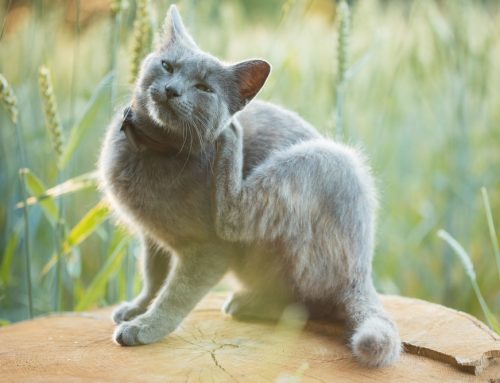Weight management is an important part of your pet’s overall health because excessive weight gain can have serious consequences. Overweight and obese pets have a higher risk of developing conditions like diabetes, heart disease, osteoarthritis, cancer, urinary bladder stones, and other weight-related diseases that can shorten their life span and rob you of precious time with your best friend. With a pet obesity epidemic in the United States and rates of pet obesity continuing to rise, our team at Memorial Villages Animal Hospital is sharing four myths about your pet’s weight to help you give them a long, healthy life.
Myth #1: I don’t need to worry if my pet is only a few pounds overweight
Fact: If your pet is only a few pounds overweight, you might think it’s nothing to worry about, but the reality is being slightly overweight puts their health at risk and reduces their expected life span. Your pet is considered overweight if they are 10% to 20% heavier than their ideal healthy weight. A pet’s ideal weight is based on factors such as size and breed. Pets who are more than 20% heavier than their ideal weight are considered obese and are likely to develop a weight-related condition.
Myth #2: It’s easy to see that my pet is overweight
Fact: Many pet owners are unaware their pet is overweight, and it can be hard to notice weight gain, particularly if your pet is a long-haired breed. During your pet’s yearly wellness exam, your veterinarian will assess their weight and determine if it falls within a healthy range. You can evaluate your pet’s weight at home by using a body conditioning score (BCS). A BCS is a number you assign to your pet based on an evaluation of several parts of their body, including their ribs, waist, and hips. Review the body condition scale and follow these steps to determine if your pet is overweight:
- Feel your pet’s ribs — You should be able to feel your pet’s ribs without a thick layer of fat covering them.
- Look for your pet’s waist — Your pet should have a visible waist behind their rib cage. When viewing your dog from the side, look for a waist that is slightly raised rather than hanging down and oval-shaped. Your pet’s chest should be noticeably wider than their abdomen, with a tuck-up from their chest to stomach.
- Check your pet for fat pads — Gently feel your pet’s body and check for fat pads on their hips. Excess fat on your pet’s body is a major indicator they are overweight.
Myth #3: My pet only needs more exercise to lose weight
Fact: Weight loss is about more than exercise. After determining your pet is overweight and ruling out any underlying illnesses that could be causing the weight gain, your veterinarian can create a tailored plan to help your pet lose weight. Weight loss requires reducing caloric intake as well as increasing activity level.
- Diet — Your veterinarian can determine the amount of food your pet needs each day. Measure out portions carefully when feeding your pet based on your veterinarian’s recommendations.
- Treats — Most pet treats are high in fat and calories, and it can be easy to overfeed your pet without realizing it. Treats should make up no more than 10% of your pet’s overall calorie intake. Instead of high-calorie treats with little nutritional value, feed your pet steamed or raw vegetables, such as celery, carrots, green beans, and broccoli.
- Exercise — Whether it’s a long walk, a game of fetch, or a swim, get your pet moving every day to support their weight loss. For inactive pets, exercise should be introduced slowly and gradually increased over time. Choose activities that your pet enjoys, and be consistent with your routine.
Myth #4: My pet is no longer at risk once they lose weight

Fact: Weight management in pets is a lifelong process, and once your pet reaches their ideal body weight and condition, it is important to maintain that weight. There is always a risk your pet could regain the weight, so it’s up to you to keep healthy lifestyle changes in place, even after your pet slims down. Your veterinarian can help you find an appropriate food and determine the right portion for maintaining your pet’s weight.
Keeping your pet at their ideal weight can improve their health and quality of life. If you are unsure about your pet’s weight, contact our team at Memorial Villages Animal Hospital for guidance.









Leave A Comment